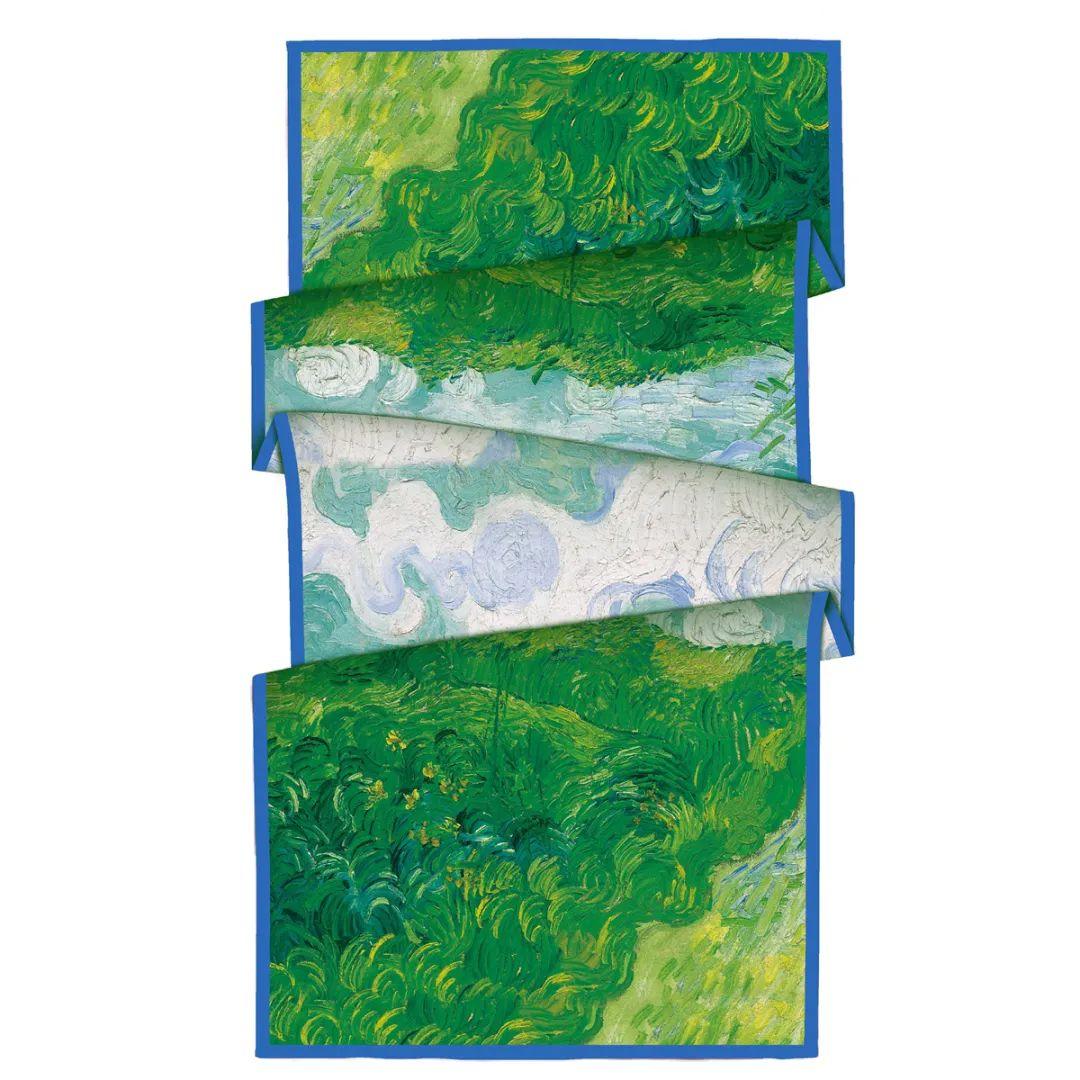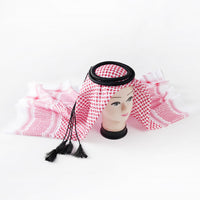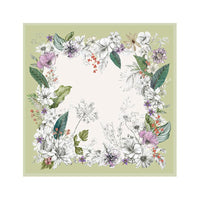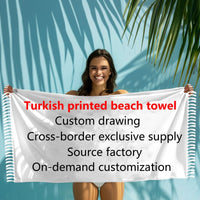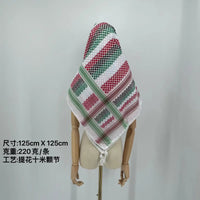If you are involved in the fashion, hotel or cultural goods industries, you may have noticed that there is an increasing demand in the market for authentic UAE cultural products - and among them, Ghutra stands out as the premier choice. Ghutra is not merely a piece of fabric; it is a vivid symbol of UAE identity, tradition and pride.
In this guide, we will provide you with an in-depth analysis of what a Ghutra is: its rich cultural roots, why it is a must-have item for 2025, and how to directly purchase the highest quality Ghutra wholesale from a reliable Chinese factory (that's us!). Whether you are supplying to boutique retailers, luxury hotels, or cultural event planners, this article will help you make informed decisions, thereby increasing sales and customer loyalty.
What does the term "ghutra" mean? Why is it important?
First, let's start by understanding the basic knowledge. Ghutra (also spelled as Gutra or Guthra) is a traditional UAE headscarf worn by men in the United Arab Emirates (UAE) and other countries of the Gulf Cooperation Council (GCC). It is usually paired with a black Egal rope (used to secure the headscarf) and a white robe called Kandura.
The Ghutra scarf is far more than just a practical accessory (although it does offer protection against the bone-chilling sun and wind in the desert). It is also the cornerstone of Emirati culture. For Emiratis, the way the headscarf is folded, the color choices, and even the texture of the fabric all carry profound meanings. For instance, a white headscarf symbolizes purity and simplicity, while a red and white checkered headscarf (known as Shemagh in some regions) typically represents strength and heritage.

The history of the headscarf: From a necessity in the desert to a cultural icon
To truly sell the headscarf to customers, you need to tell its story - this story began centuries ago. The origin of Ghutra can be traced back to the Bedouin tribes in the Arabian Peninsula, who relied on lightweight and breathable fabrics to survive in the extreme desert climate. The early Ghutas were made of simple cotton and were designed to prevent sand from entering the eyes and mouth, and to shield from the intense sun.
Over time, ghutra evolved from a practical tool into a symbol of status and identity.Different tribes began to use different colors and patterns to distinguish themselves, while the folding method of gutra became a subtle way to convey social status or regional affiliation.
Today, the Ghutra has become an important part of the national pride of the United Arab Emirates. People wear it at weddings, religious ceremonies and official events, and it is even taught in schools, passing on the cultural heritage to future generations. For your customers, this history adds value: when they purchase a Ghutra, they are not merely buying a Ghutra scarf, but also purchasing the continuation of a thousand-year-old traditional craftsmanship.
The colors and the weaving techniques tell a story:
Although the red-checkered headscarf is very popular in the Levant and Saudi Arabia, in the United Arab Emirates, you are most likely to encounter:
White Ghutra: Symbolizing purity, simplicity and modernity. It is a must-have item for both daily wear and formal business occasions.
Exquisite embroidered white Ghutra: A symbol of luxury and high status. They are typically characterized by delicate and almost invisible patterns, woven from high-quality cotton threads.
Understanding these nuances can help you create a wholesale catalogue that can attract different market segments, ranging from mass-market retailers to high-end boutiques.
Why B2B buyers should prioritize Ghutra (trend in 2025)
If you are still unsure whether to include Ghutra in your wholesale order, please take a look at the following data and trends, which will help you handle it easily:
1.The demand for global cultural products is constantly increasing:
After the pandemic, consumers are eager to experience authenticity. A 2023 survey by Etsy found that 68% of shoppers are more likely to purchase products with a clear cultural background. Ghutra, with its rich heritage of the UAE, perfectly aligns with this trend.
2. The tourism industry in the Gulf Cooperation Council (GCC) is booming:
The United Arab Emirates (particularly Dubai and Abu Dhabi) is expected to receive over 25 million tourists in 2025. These tourists are seeking souvenirs that reflect the local culture - and Ghutra items are undoubtedly the top choice. Hotels, airports, and gift shops all urgently need high-quality Ghutas to meet this demand.
3. Acceptance in the fashion industry:
Luxury brands such as Dior and Gucci have incorporated Ghutra-style designs into their product lines, making this style mainstream. This trend has also spread to fast fashion and boutique retailers, who are now stocking genuine Ghutas to follow this trend.
4. Corporate Gift Opportunity:
Businesses from the Gulf Cooperation Council and other regions are using Ghutra as corporate gifts to present to customers and employees. They are regarded as a way to respect the traditions of the United Arab Emirates while being culturally sensitive - and they are more memorable than ordinary pens or mugs.
For B2B buyers, how can they purchase high-quality wholesale Ghutra?
Not all Ghutas are the same. To satisfy your customers and turn them into repeat buyers, you need to purchase genuine, durable and well-made products. Here are the matters you should pay attention to when choosing a supplier:
1.Fabric quality
The best Ghutra is made of 100% pure cotton or a blend of cotton and polyester. The pure cotton is breathable and soft (which is crucial for the climate of the Gulf Cooperation Council (GCC)), while a small amount of polyester enhances durability and wrinkle resistance. Avoid using cheap, lightweight fabrics - they are prone to tearing and difficult to maintain their shape, which can easily lead to customer complaints.
2. Authentic Design
Customers can easily tell the genuine from the fake Ghutra. Please look for suppliers who provide traditional patterns:
Pure White: The most classic style, perfect for formal occasions and entertaining guests.
Red and white check pattern: The iconic Samag pattern, commonly used in casual clothing and cultural products.
Black and white check pattern: A modern interpretation of traditional design, highly favored by young consumers.
We offer these designs, and we can also customize patterns for buyers who want to stand out. Whether you need a Ghutra with a brand logo or a unique color scheme, our design team can turn your ideas into reality.
3. Dimensions are the same
Avoid choosing suppliers with inconsistent sizes, as this will affect your customers' proper use of the products. Our factory uses automatic cutting machines to ensure that the size of each Ghutra is always consistent.
Conclusion: Ghutra is not merely a product,it is also an opportunity.
For B2B buyers who hope to capitalize on the growing demand for cultural products, Ghutra is a product with a story, a loyal customer base, and unlimited growth potential. By purchasing high-quality Ghutra from a factory like ours, you can make your business stand out in the competition and establish long-term partnerships with your customers.
Are you ready to take the next step? Contact us immediately and order the popular Ghutra. We will send you various designs and fabrics so that you can witness its quality for yourself. Our flexible minimum order quantity (the minimum order quantity is only 10 pieces) allows you to reach the forefront of the market without spending too much time and effort.
